Cayenne Pepper Seeds
Cayenne pepper, a fiery and versatile spice, has been a popular addition to culinary dishes around the world for centuries. As more people look to grow their own herbs and spices at home, planting cayenne pepper seeds has become an increasingly popular practice. This piquant pepper not only adds a burst of flavour to your meals but also offers a range of health benefits, making it an ideal choice for both seasoned gardeners and beginners alike.
For detailed information on how to grow peppers, please read our article here: How to Grow Peppers: A Comprehensive Guide.

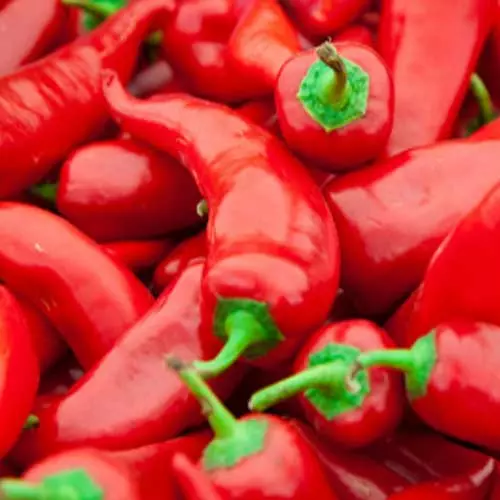
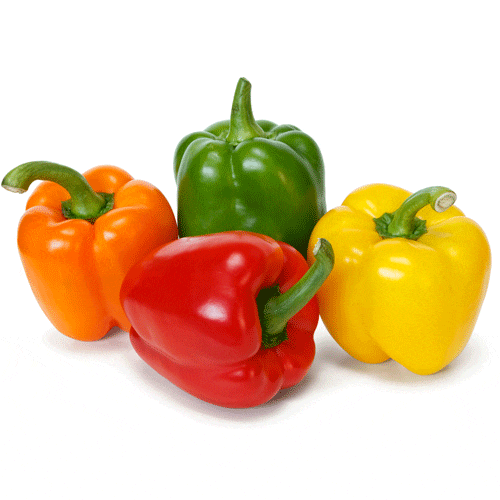
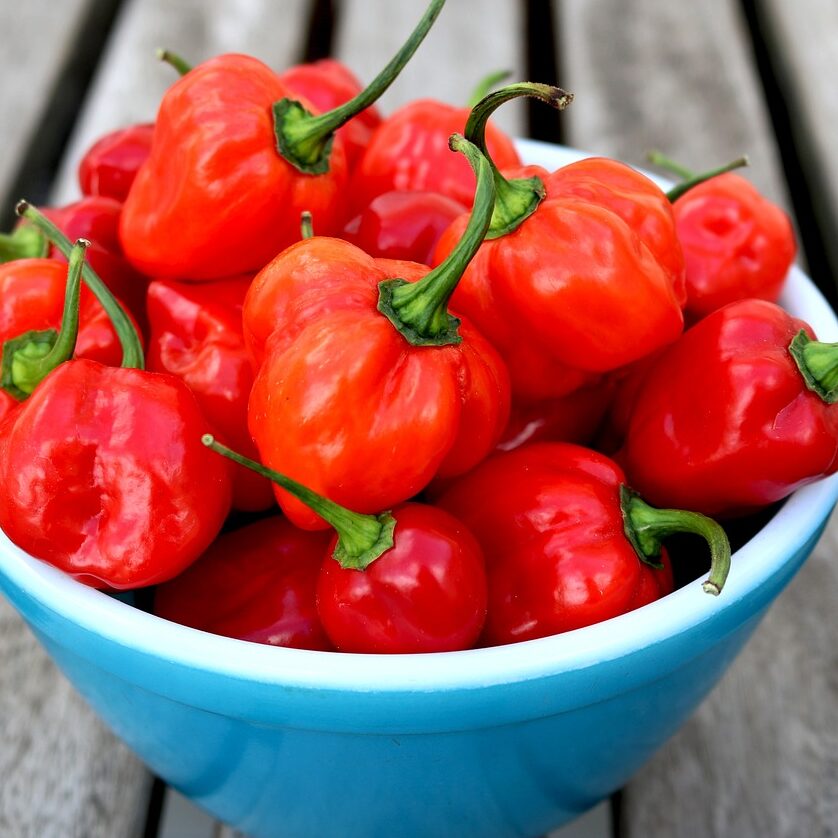
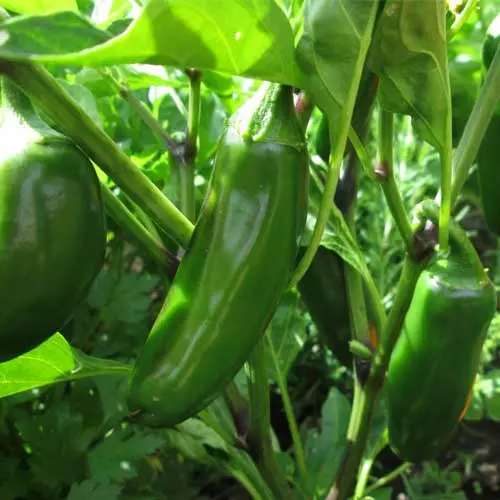
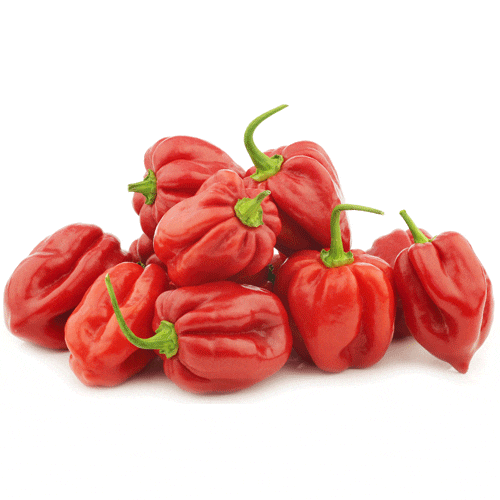
Reviews
There are no reviews yet.